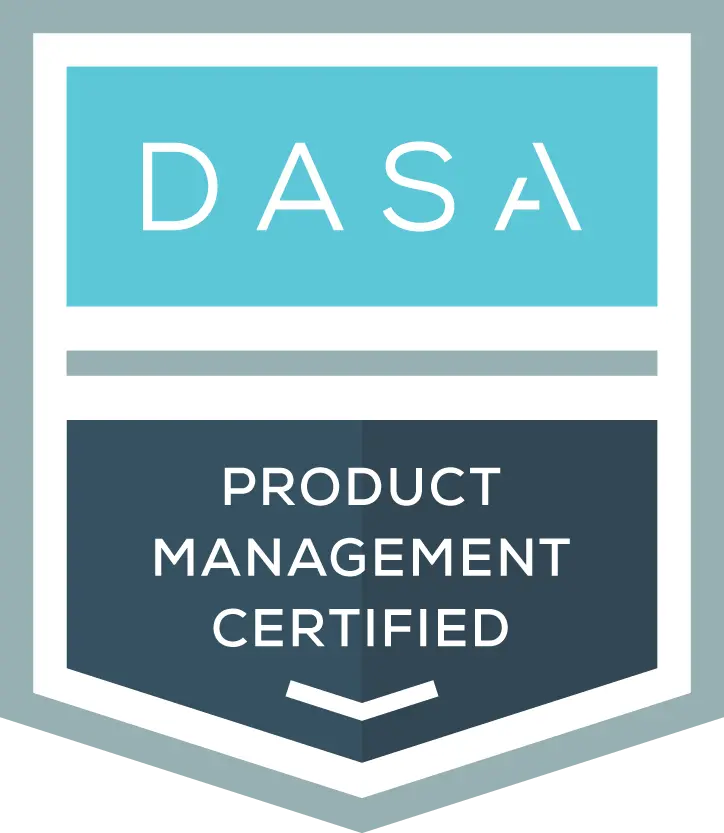The integration of product thinking, leadership, and product management is reshaping how organizations approach product development. This strategy emphasizes not only the technical execution but also the creation of value for customers at every stage of the product life cycle. Embracing product thinking, leaders and teams prioritize solving real user problems over merely completing tasks. Leadership here transcends traditional management, cultivating a culture of collaboration, empowerment, and autonomy within teams.
This article will explore how combining product thinking, visionary leadership, and strategic product management can establish a unified framework that not only propels the development process forward but also ensures the delivery of products that genuinely resonate with customers and distinguish themselves in the competitive market.
The Importance of A Product Vision
At the heart of every successful product lies a clear and compelling vision. This acts as the foundation upon which all strategic and operational decisions are based. In DevOps, where agility and responsiveness are crucial, a well-defined product vision ensures that all activities—from coding to deployment—are aligned with the broader objectives of the product. It is the product vision that bridges the gap between day-to-day tasks and the ultimate value delivered to customers, ensuring that every feature developed and every update released brings the product closer to its envisioned state.
The Role of Leadership in Product Management
DevOps leadership is distinctive in its approach, emphasizing the promotion and facilitation of core DevOps principles such as continuous integration, continuous delivery, automation, and a culture of collaboration. The essence of DevOps leadership lies in its ability to drive the adoption of these practices while aligning them with the overarching goals of the organization. This role excels by empowering their teams, serving as catalysts for innovation, and fostering environments where autonomous, self-organizing teams can thrive. This model of leadership is fundamentally about transforming the future vision of a product into reality, with a keen focus on delivering value to the customer at every step of the development lifecycle.
Modern functional leadership for product management is characterized by a set of key principles and traits that distinguish effective leaders, such as visionary thinking, empathy, adaptability, and the ability to inspire and motivate. A true product leader is someone who not only understands the technicalities and methodologies of DevOps but also sees beyond them to grasp the product’s impact on the market and its users. They uphold the cause of building products that meet and exceed customer expectations, thereby driving customer satisfaction and business success. Moreover, such devops leaders are adept at navigating the complexities of stakeholder management, ensuring that everyone from the development team to the end-users is aligned with the product vision.
Key Elements Impacting Stakeholder Management
Stakeholder management is a crucial component of product management, ensuring the seamless alignment of diverse interests and expectations with the strategic direction of the product. To navigate the multifaceted relationships and requirements of stakeholders, a visionary leadership is required to foster transparency, encourage collaboration, and adapt strategies to meet the evolving needs of both the project and its stakeholders.
By identifying and acknowledging the unique contributions and expectations of each stakeholder, leaders can ensure that their interests are meticulously considered in the development process. This approach is foundational in promoting an environment where transparency is not just a principle but a practice, enabling open communication and the sharing of insights and feedback across all levels of the project. Regular engagement through updates, meetings, and feedback sessions becomes instrumental in maintaining this transparent dialogue, ensuring that stakeholders are not only informed but also actively involved in the development journey.
Additionally, a commitment to collaboration and adaptability, and a good and clear product vision, ensure effective management of stakeholder expectations. Leaders adept in DevOps principles facilitate environments where feedback is not only sought but valued,driving improvements and adjustments that reflect the collective input of all stakeholders. This dynamic interaction ensures that the product development process is resilient, capable of pivoting in response to new information or changes in stakeholder needs, without losing sight of the overall product vision.
Utilizing Tools to Measure Product Success
To ascertain the effectiveness of a product vision, leveraging specific tools and methodologies is essential. These instruments provide a blend of quantitative metrics and qualitative feedback, enabling an in-depth analysis of how a product aligns with its envisioned goals. Metrics such as user engagement, conversion rates, and market share offer concrete data on the product’s performance, while user surveys and reviews shed light on the customer experience, pinpointing areas for enhancement.
Feedback loops are integral to this process, facilitating the refinement and evolution of the product vision over time. By systematically collecting and analyzing feedback, DevOps leaders can identify trends that necessitate adjustments in strategy or execution. This ensures that the product remains responsive to user needs and market changes, maintaining its relevance and effectiveness.Incorporating these tools into the product development cycle not only promotes a culture of data-driven decision-making but also aligns efforts with the broader organizational goals. Through continuous improvement and adaptation, the product vision evolves based on real-world insights, steering the product towards greater success in the competitive market.
Integrating Vision and Leadership in Practice
To practically integrate vision and leadership in product management, it is necessary to set measurable objectives that directly support the vision. For instance, if the vision is to “revolutionize personal finance management,” actionable steps might include launching a user-friendly budgeting tool within six months or increasing user financial literacy through educational content. Such clear goals help translate the broad vision into specific, achievable outcomes. Highlighting success stories, like how a feature directly contributed to user financial empowerment, can serve as a tangible reflection of the vision in action, inspiring the team and demonstrating the vision’s real-world impact.
Leaders should foster an environment where the vision is a living part of the team’s daily work, not just a statement on a wall. This involves using direct, consistent communication channels to tie daily tasks back to the vision, ensuring everyone understands their role in achieving it. Additionally, incorporating regular feedback mechanisms, such as quarterly reviews to gauge alignment with the vision and identify areas for improvement, keeps the team’s efforts focused and adaptive. By taking these steps, leaders can ensure that the product vision remains a dynamic and guiding force throughout the product development process, driving both strategic decisions and daily actions.


DASA Product Management
Fosters a product-centric mindset through strategic alignment of product vision with business goals, market analysis, and lifecycle management.


